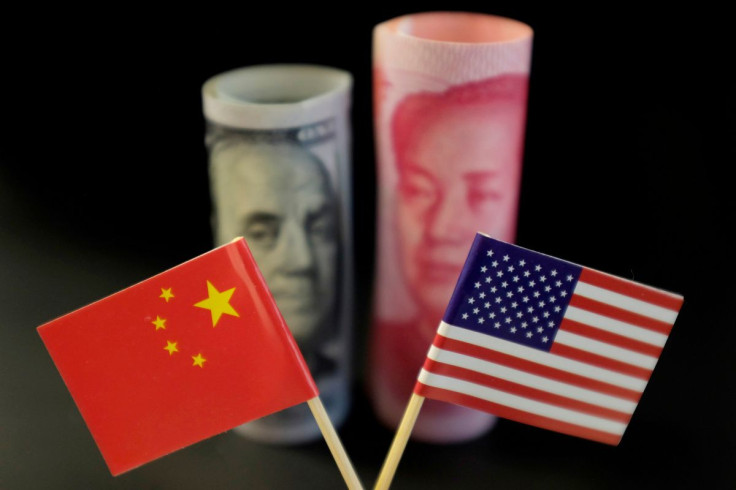China's Holdings Of U.S. Treasuries Skid To 12-year Low; Japan Also Cuts Holdings

China's holdings of U.S Treasuries tumbled in April to their lowest since May 2010, data showed on Wednesday, with Chinese investors likely cutting losses as Treasury prices fell after Federal Reserve officials signaled sizable rate hikes to temper soaring inflation.
Chinese holdings dropped to $1.003 trillion in April, down $36.2 billion from $1.039 trillion the previous month, according to U.S. Treasury Department figures. China's stock of Treasuries in May 2010 was $843.7 billion, data showed.
The reduction in Treasury holdings may also have been aimed at diversifying China's foreign exchange holdings, analysts said.
The Chinese sales contributed to a drop in overall foreign holdings of Treasuries in April that helped propel yields higher. U.S. benchmark 10-year Treasury yields started April with a yield of 2.3895%, and surged roughly 55 basis points to 2.9375% by the end of the month.
Japan's holdings of U.S. Treasuries fell further in April to their lowest since January 2020, amid a persistent decline in the yen versus the dollar, which may have prompted Japanese investors to sell U.S. assets to benefit from the exchange rate.
Japanese holdings fell to $1.218 trillion in April, from $1.232 trillion in March. Japan remained the largest non-U.S. holder of Treasuries.
Overall, foreign holdings of Treasuries slid to 7.455 trillion, the lowest since April 2021, from $7.613 trillion in March.
On a transaction basis, U.S. Treasuries saw net foreign outflows of $1.152 billion in April, from net new foreign inflows of $48.795 billion in March. This was the first outflow since October 2021.
The Federal Reserve, at its policy meeting in March, raised benchmark interest rates by a quarter of a percentage point.
It lifted rates by 50 bps in May, but at the June policy meeting on Wednesday lifted rates by a hefty 75 bps to stem a disruptive surge in inflation. The Fed also projected a slowing economy and rising unemployment in the months to come.
In other asset classes, foreigners sold U.S. equities in April amounting to $7.1 billion, from net outflows of $94.338 billion in March, the largest since at least January 1978, when the Treasury Department started keeping track of this data. Foreign investors have sold stocks for four consecutive months.
U.S. corporate bonds, on the other hand, posted inflows in April of $22.587 billion, from March's $33.38 billion, the largest since March 2021. Foreigners were net buyers of U.S. corporate bonds for four straight months.
U.S. residents, meanwhile, decreased their holdings of long-term foreign securities, with net sales of $36.7 billion, data showed.
© Copyright Thomson Reuters 2024. All rights reserved.




















